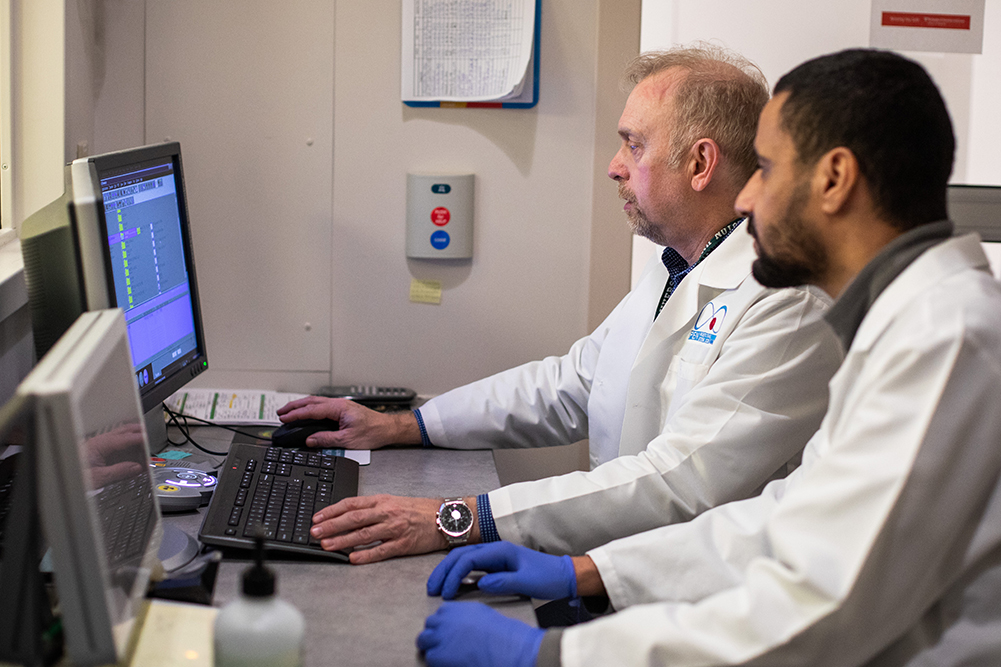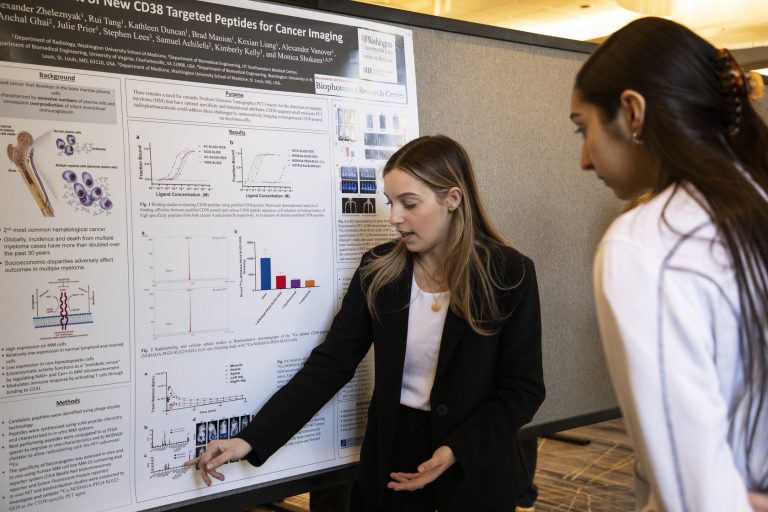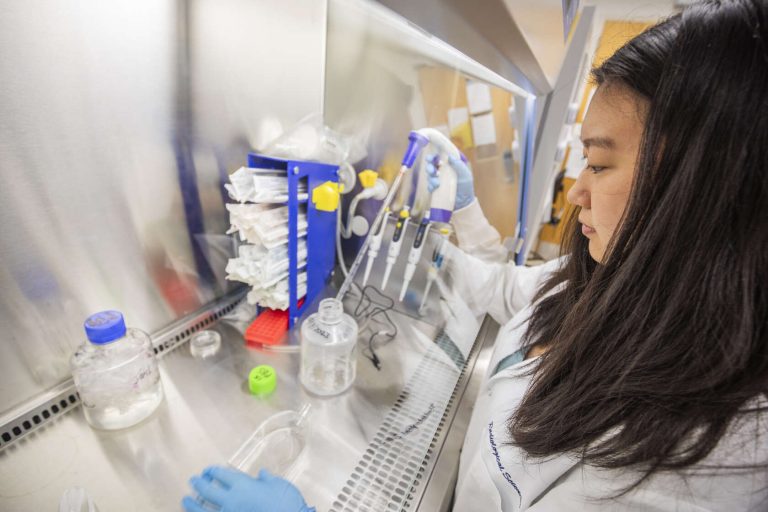Laforest Lab
Projects
Harmonization of PET/MR for Oncology Clinical Trials
Goal
One of the central limitations of PET/MRI is the lack of accurate means of attenuation correction, which leads to inaccurate and inconsistent quantification of radiotracer uptake. The inconsistency of PET quantification prevents the widespread adoption of PET/MRI in clinical trials, where a precise and reproducible measurement of radiotracer uptake is required.
Dual-Nuclide Parathyroid Imaging Using CZT Camera
Goal
Nuclear medicine imaging with a novel CZT camera offers the advantage of higher energy resolution, which allows for better scatter correction and better delineation of nuclides with different gamma energy. This project aims at validating a novel CZT camera for parathyroid imaging using simultaneous administration of 99mTc-sestamibi and I-123.
RadioNuclide Dosimetry of Internal Emitters
Goal
Nuclear medicine imaging using PET-emitting nuclides or SPECT imaging agents can be used to extract pharmacokinetics information needed for radiation dosimetry calculations.

Our People
The lab’s multidisciplinary team, led by Richard Laforest, PhD, focuses on the development of novel imaging instruments and methods to improve the study of biology of diseases and imaging science.



